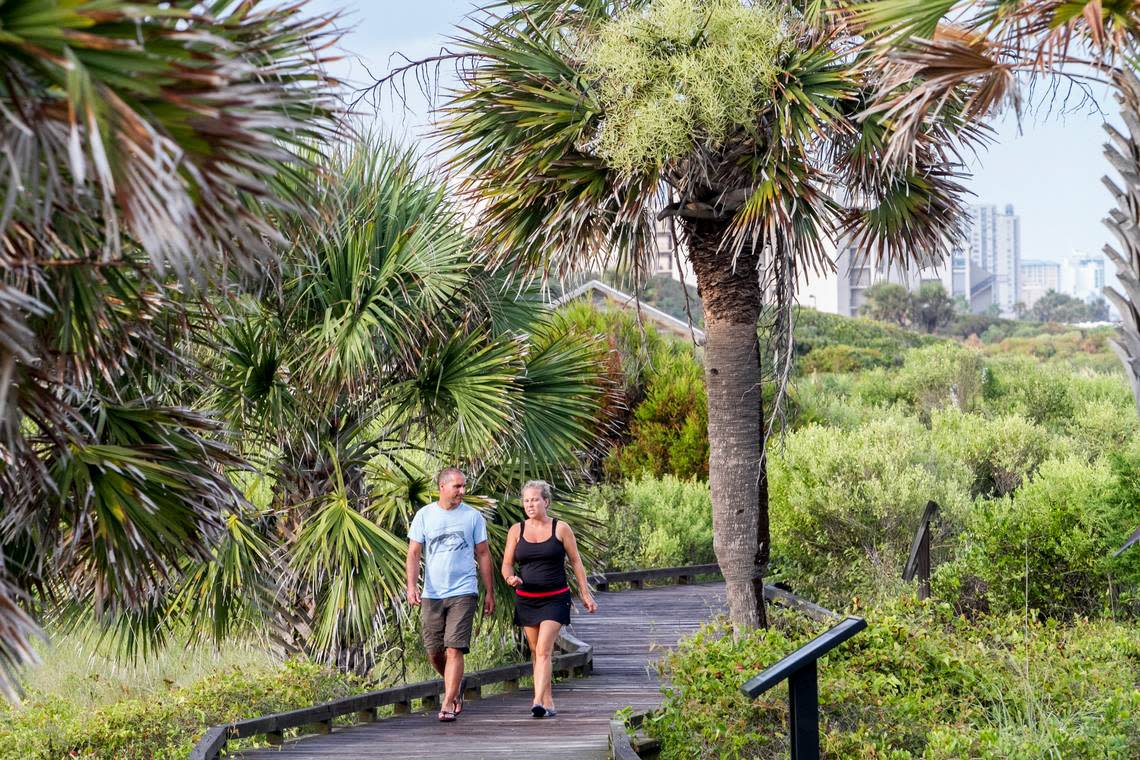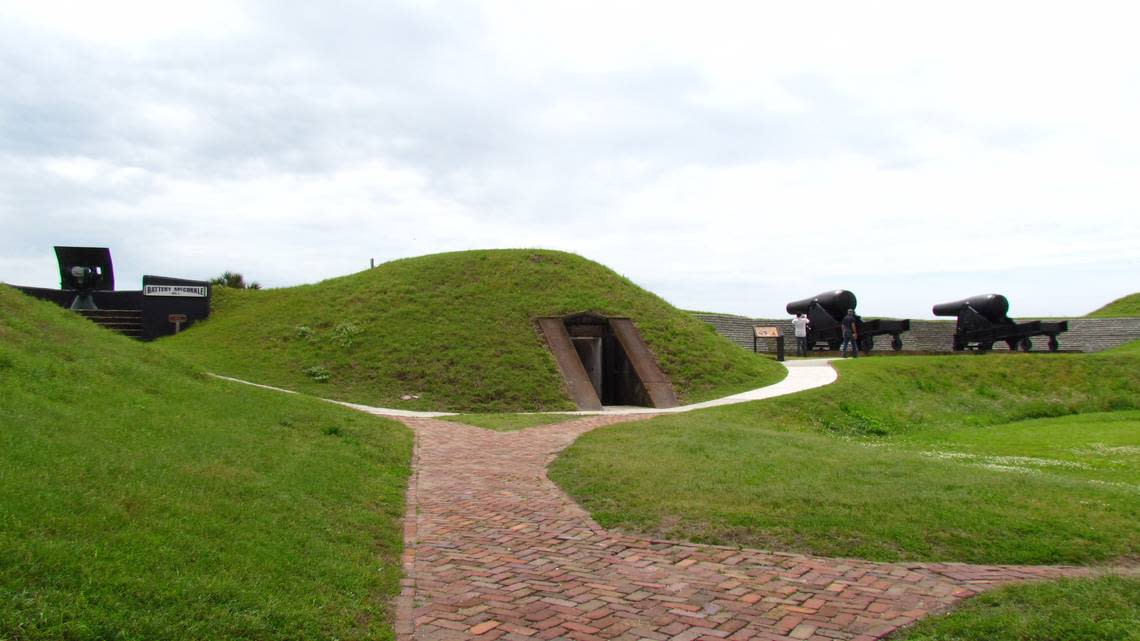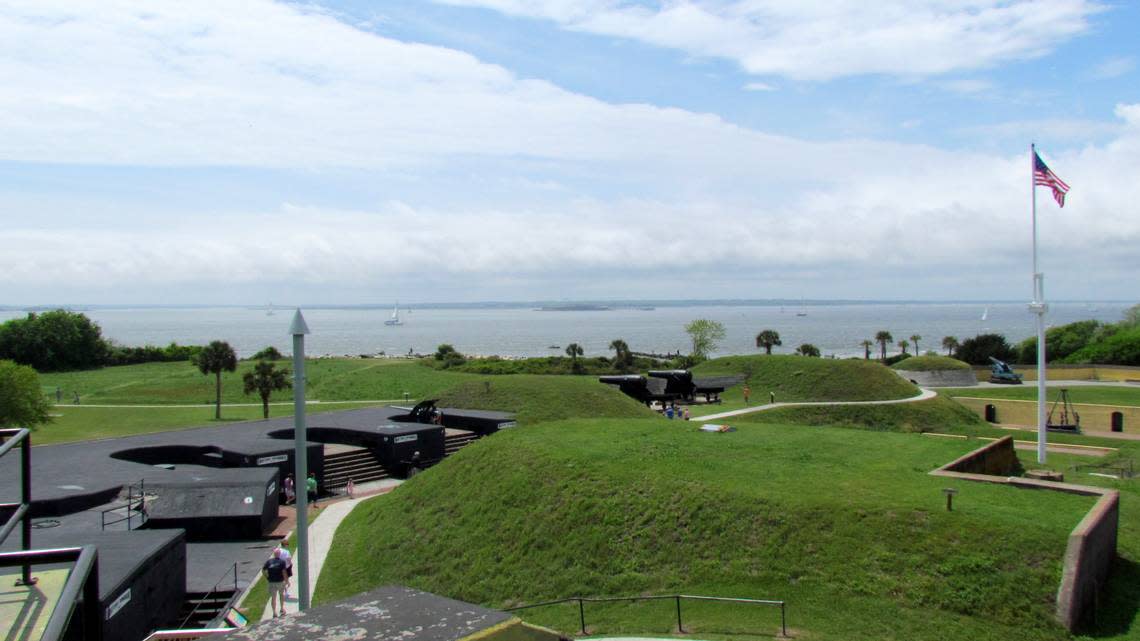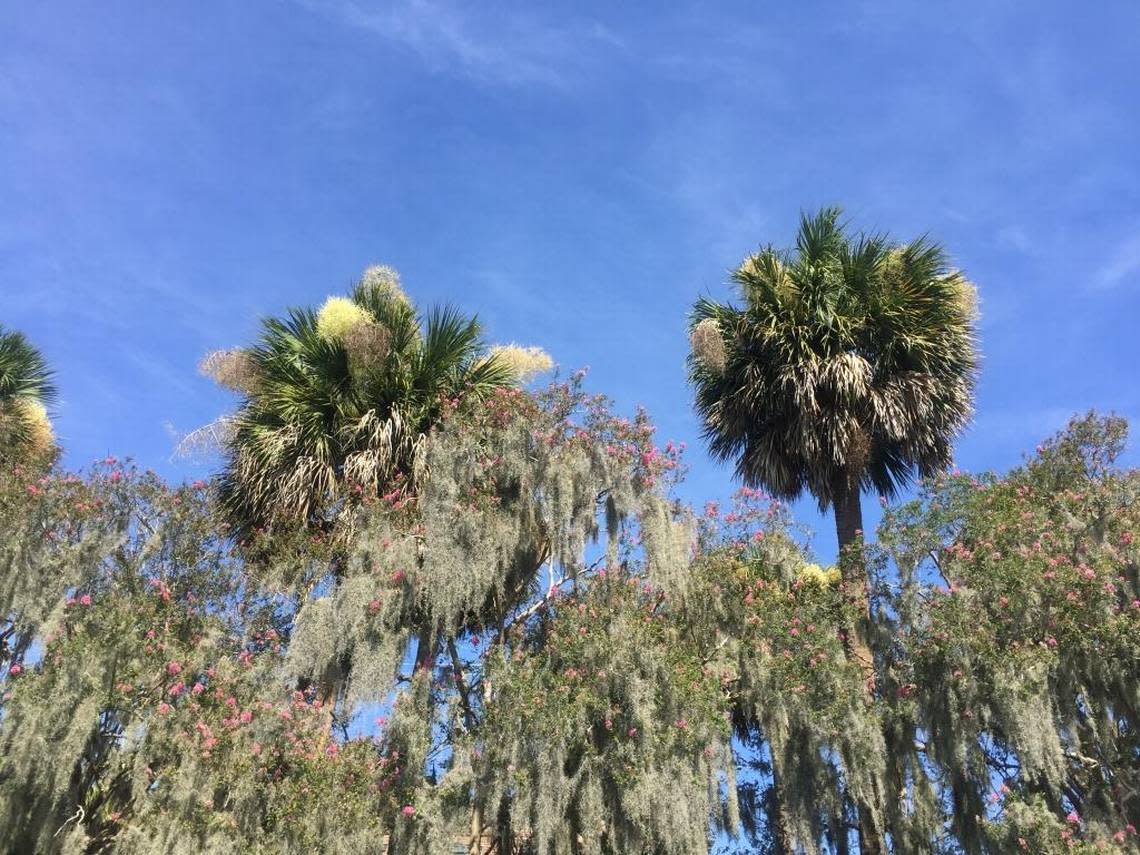Know why SC is nicknamed The Palmetto State? There’s more history to it than you may think
Ever wonder how South Carolina came to be nicknamed the Palmetto State?
While, yes, the state does have many palmetto trees scattered around its borders, but the tree also has a more historical significance.
The nickname is derived from South Carolina’s state tree, the sabal palmetto.

Also called the cabbage palmetto, sabal palm, inodes palmetto and the Carolina palmetto, the sabal palmetto was designated as the official state tree by Joint Resolution Number 63 on March 17, 1939.
This palmetto tree symbolized the defeat of the British fleet at Fort Moultrie on Sullivan’s Island during the Battle of Sullivan’s Island. The fort prevailed because it was built from palmetto logs, which absorbed the impact of the cannon balls and would not shatter.

Hence, South Carolina earned its nickname: the Palmetto State.
The Battle of Sullivan’s Island was the first decisive American victory over the British Royal Navy during the Revolutionary War and took place on June 28, 1776.
“The ferocity of the British naval bombardment had no great effect on the fort. Sabal palmetto trunks embedded in deep sand proved pliable and sturdy enough, absorbing iron balls like a sponge,” wrote the National Park Service of the battle.
At the time, Charleston residents were unaware if the fort had been victorious against the British or if it had been captured following the Battle of Sullivan’s Island.
The fort’s commander, Colonel William Moultrie, had then sent a boat to inform the residents of the good news. Loud cheers were said to reverberate through the streets.

“The defense had been a major victory for the Americans in Charleston. General Lee wrote, ‘The behavior of the Garrison, both men and officers, with Colonel Moultrie at their head, I confess astonished me.’ Six days later the Declaration of Independence was signed in Philadelphia. Afterwards, the South Carolina General Assembly renamed the fort, Fort Moultrie, in honor of the commander of Fort Sullivan,” wrote the American Battlefield Trust.
As for the palmetto trees themselves, sabal palms are native to the southeastern parts of the country.
“The cabbage palmetto is found in the coastal plain region from North Carolina to Florida. The palm inhabits maritime forests, ‘islands’ within salt and brackish marshes, and the edges of ponds. It is also a commonly planted tree in urban areas throughout South Carolina,” states the South Carolina Department of Natural Resources.
The palmetto tree can grow to a height of 33 feet tall and its leaves can grow to about 3 feet across. They are formed with a spongier, scattered tissue and more malleable cells than most other trees, which allow them to bend with the wind during major storms such as hurricanes and tropical storms.

In addition to their many other attributes, these trees flower during the month of July and can be quite fragrant, attracting many types of pollinators.
As for size, according to Plant Real Florida, the University of Florida conducted several age and growth rates of sabal palms, the preliminary results indicated that, under average conditions in the wild, these plants can require 10 to 15 years of growth or more from seed to the first sign of a trunk at ground level. After this initial growth spurt, the trunks will grow about 6 inches per year. Meaning, a standing sabal palm with 20 feet of trunk is at least 50 years old.
The palmetto tree can be seen as a figure of significance in nearly every aspect of the state’s inception. It is included in the state seal, is on the state flag, is in the Pledge to the Flag of South Carolina, and can be seen in everyday life while carrying on day-to-day activities within the state.
